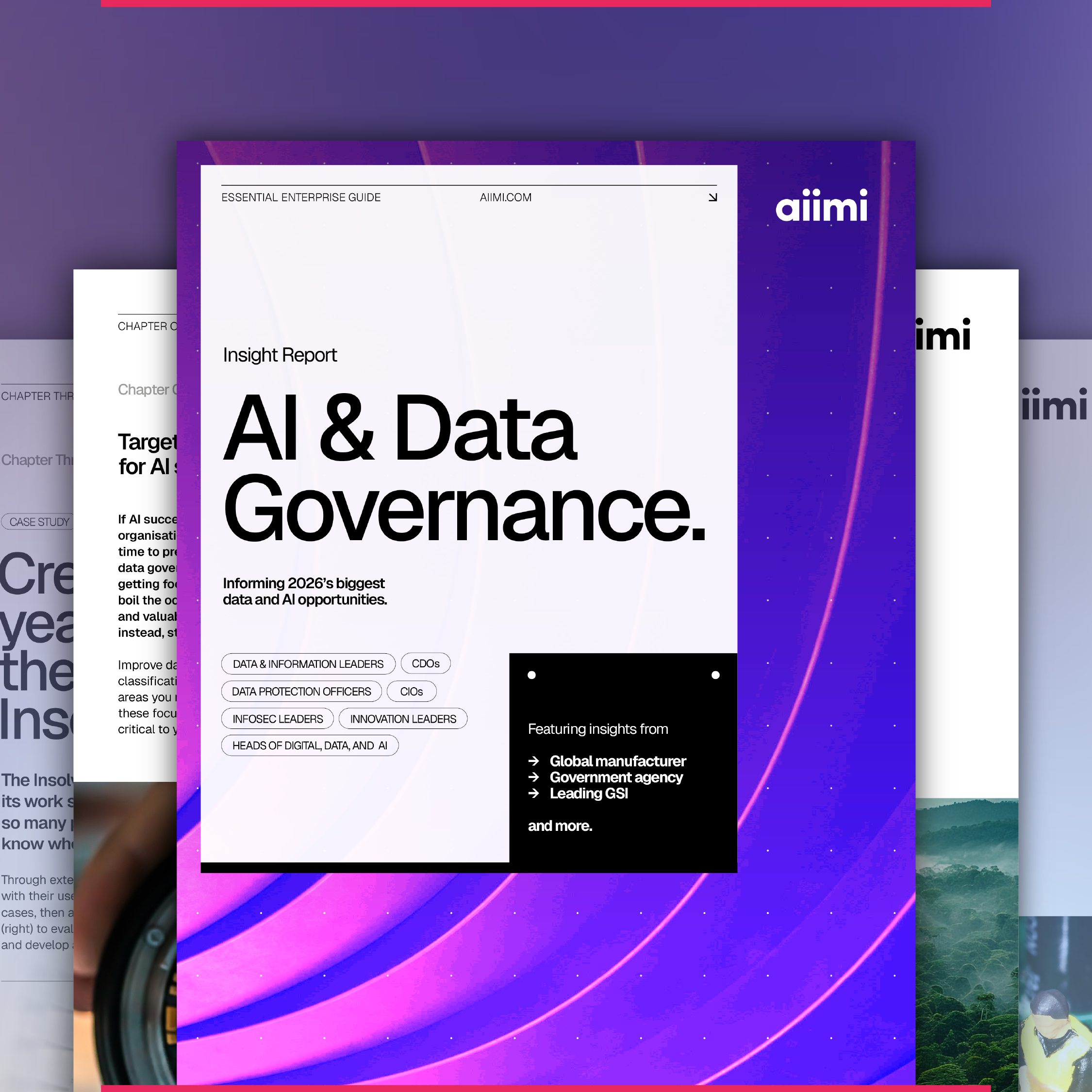Improving the power of shared knowledge with Microsoft SharePoint Online
Implementing Microsoft SharePoint Online and an effective information management strategy enabled this aircraft component manufacturer to locate enriched content with ease and grow employee productivity.

The Challenge
This aircraft component manufacturer lacked a content management solution that could meet the needs of their unique processes surrounding product lifecycle.
The organisation had content relating to products going back 60 years, all stored in in varying types of media – from physical scanned documents, Office documents, photos and videos, to design drawings, test data, specifications, quality assurance, and calculations. This content lived across several different repositories, including network drives and third-party systems.
Within the business, employees were becoming frustrated with the amount of time it took to find content about a product, added to the difficulty of working out which was the latest version.
Furthermore, content was not being enriched by information from other systems in the organisation, making referencing product components a problem. Metadata was also not available, making content difficult to find.
They were also finding it difficult to manage the complex content management processes required by various health and safety, audit, compliance, and governance policies.
Finally, this aircraft component manufacturer was unable to fulfil the need for employees to access content outside of the office and on mobile devices, a vital feature for staff visiting clients around the world.
Our Solution
Using Microsoft SharePoint Online, the organisation can manage and locate their content effectively through a Knowledge Hub.
We began by facilitating workshops with the customer, taking them through the capabilities of SharePoint Online and other associated products and services available in Microsoft 365.
First, to address this manufacturer’s challenge with managing product-related content, we built a Knowledge Hub. This provides employees with details about product components and other company information, using a customised search solution with refiners for faceted navigation.
Then, robust content management processes were implemented using Power Automate and Power Apps. Crucially, these can be supported and maintained by the process owners in the organisation.
Using Azure, we developed an event-driven solution to allow third-party systems to integrate into different parts of the content management process, closing the loop between previously disparate content.
To improve the use of metadata in the organisation’s content, employees are now given Suggested Keywords (implemented using Azure Cognitive Services). This guides users to provide the correct metadata for their content. To improve the search functionality, we also implemented methods for linking related content together and enabling content to inform other content.
Using the SharePoint Framework, we created a customer extension for the organisation to initiate their own custom document workflows, from any file. This gives employees dynamic entry points into managed content throughout SharePoint Online, including capabilities to publish, review, approve, reject, forward and archive files.
Now, information owners can access a Content Administration portal which provides a holistic view across all managed content, allowing them to manage content and run reports.
The Results
Productivity has risen thanks to an effective information management strategy, driven by SharePoint Online.
For this manufacturer, SharePoint Online is now the single, centralised content management solution that provides all the functionality they require for efficient content management.
Now, their content related to product lifecycles has been streamlined, increasing product efficiency and improving productivity, customer service, and client relations.
Comprehensive, end-to-end content management processes are now in place and can be fully audited. With content stored in Microsoft 365, the organisation now has a centralised platform for security and governance for both product and non-product related information. For employees working remotely, content is accessible from any managed device, including mobile devices, with policies in place to prohibit data loss. New integrations with specialist, third-party product management systems have enabled the organisation to bring together content that was previously disparate. Finally, users now have the option to provide accurate when adding and creating content, making it easier and faster for users to find relevant content through search.
Discover expert Content Management Services from our experienced consultants.



